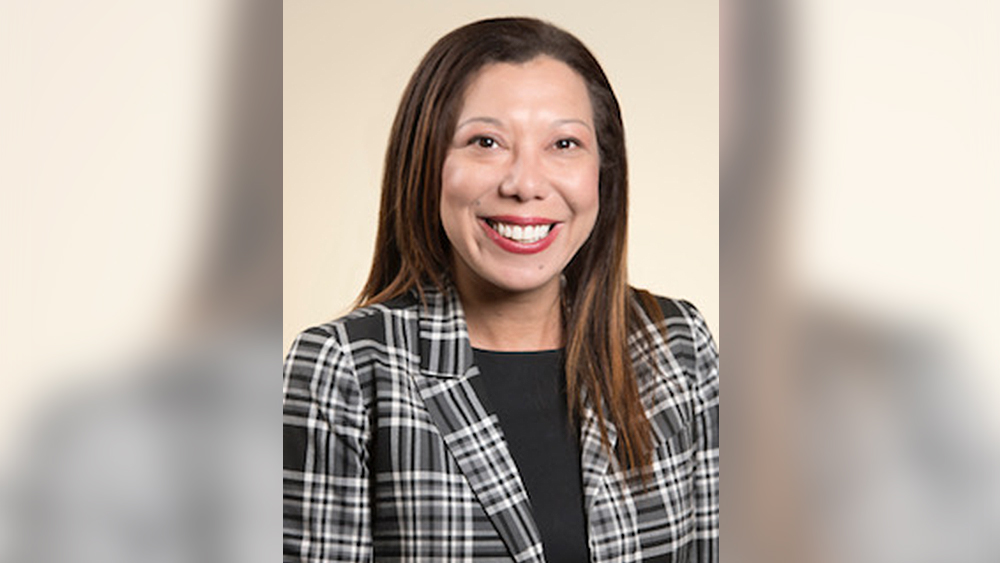Written by Malia Lazu
____
In 2014, the prolific writer Ta-Nehisi Coates wrote a devastating piece in the Atlantic entitled, "The Case for Reparations." The long-form essay highlighted the consistent and unrelenting policies that aided in the origination of America’s current racial wealth gap, from 250 years of slavery, to nine decades of Jim Crow, to decades of housing discrimination codified by the federal government’s practice of redlining that empowered banks to deny Black people mortgages.
Of course this lack of access to capital based on race extended far beyond mortgages: Black communities have historically been boxed out of traditional banking services like the ability to open basic savings accounts, they’ve been denied access to credit, and worse, are unfairly deemed as “high risk” and charged exorbitant interest rates when they are extended lines of credit. Some generations removed from slavery and Jim Crow and the Black community continue to reel from the toxic grip of predatory banking practices that extract wealth from the community rather than generate it.
In his now famous testimony before the House of Representatives on Juneteenth, the non-Federal holiday which celebrates the emancipation of the last enslaved Africans, Coates said this with regard to reparations:
"Many of us would love to be taxed for the things we are solely and individually responsible for. But we are American citizens, and thus bound to a collective enterprise that extends beyond our individual and personal reach. It would seem ridiculous to dispute invocations of the Founders, or the Greatest Generation, on the basis of a lack of membership in either group. We recognize our lineage as a generational trust, as inheritance, and the real dilemma posed by reparations is just that: a dilemma of inheritance. It is impossible to imagine America without the inheritance of slavery."
The stark reality he lays bare is that it is our collective duty as a society to right these wrongs.
We in the banking industry have often seen this role through a charitable or philanthropic lens. But the communities that have been left behind need far more than a hand out. We must clear the structural obstacles to wealth generation that were purposefully placed in their way.
Banks have the ability to bridge the seed funding gap for entrepreneurs of color and ultimately create solutions to closing the racial wealth gap in America. That requires more than charity — it requires an infusion of capital — capital that is directed specifically towards the fasted growing group of entrepreneurs, people of color and Black women in particular.
There is no shortage of great business ideas within Black communities, but what they have historically lacked is the access to capital to launch their businesses. For example, the most common funding path for burgeoning business owners begins with asks of support from family and friends, but a clear wealth gap exists that limits Black entrepreneurs in particular from accessing significant funding — white households in the United States have a median household wealth of $142K while Black households have a mere $11K in wealth. This issue is structural and pervasive, and surely overwhelming, but those who say the problem of the racial wealth gap is just too big to fix, lack imagination and fail to understand that positive social impact is also a competitive advantage.
Entrepreneurship, and wealth creation in communities of color, is critical to sparking long-term economic growth and generating capital in underserved communities that will pay dividends for decades to come. Banks have an opportunity to help fix the broken infrastructure surrounding Black entrepreneurs by providing early stage funding options and holistic business support to seed big, bold ideas and invest in promising new businesses. For example, by offering innovative financial products that provide early stage funding options like asset backed loan funds, banks can generate low-risk high return capital in communities and help to cultivate a thriving customer base for the future.
The banking community can and should begin to chip away at the remnants of financial racism. Employing a social impact model that helps to extend capital and build wealth will far outpace the growth possible through philanthropy alone. There is no problem too big to solve if you have the will and strategic plan to address it, and it’s time we do our part to dismantle the structural barriers that have derailed far too many entrepreneurs of color for far too long.
